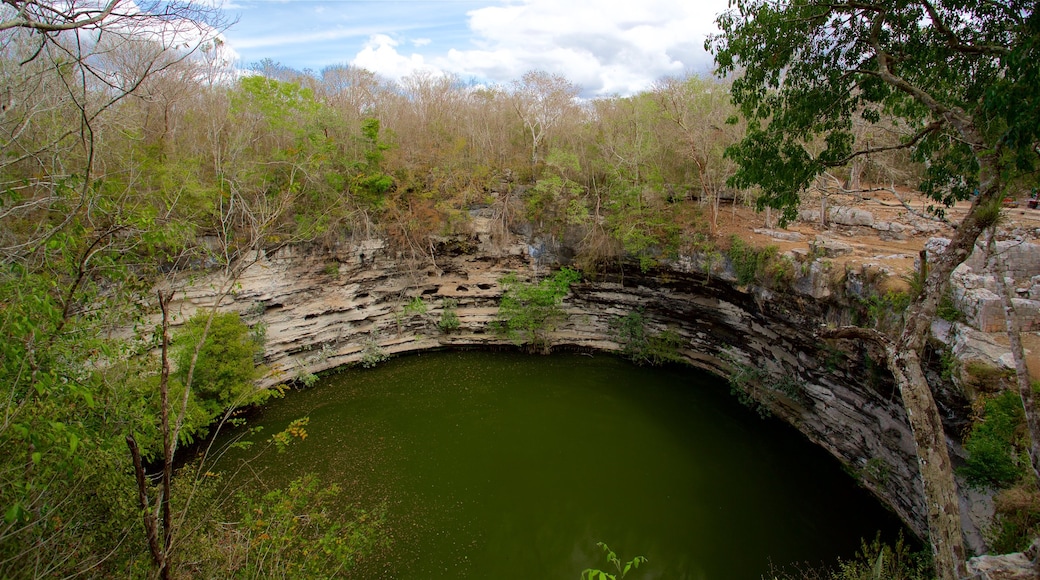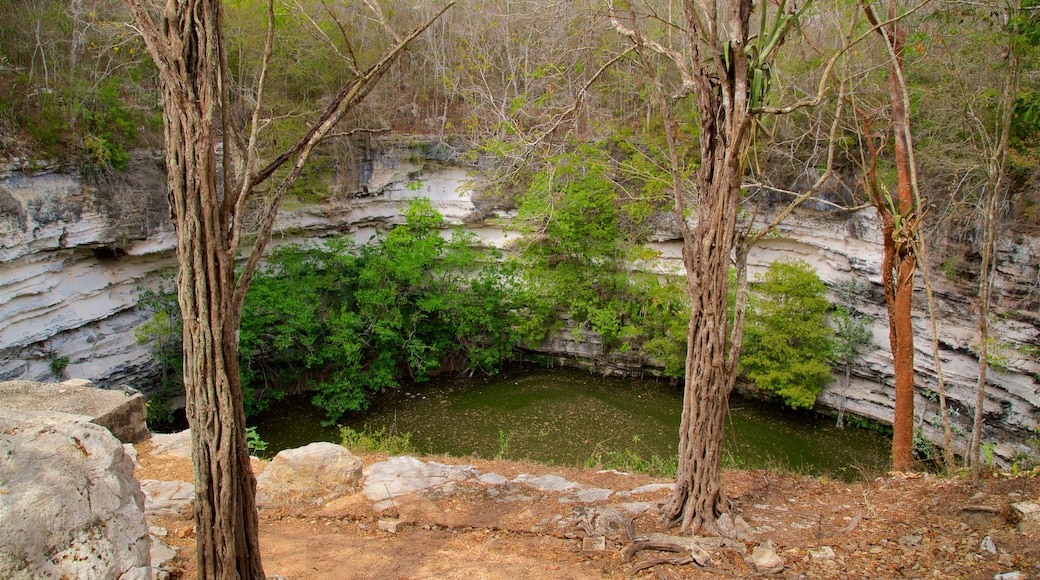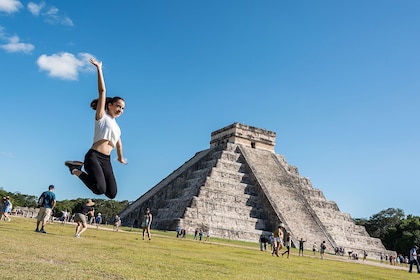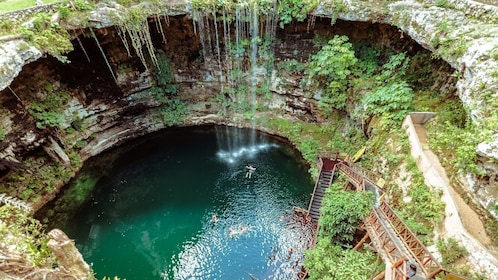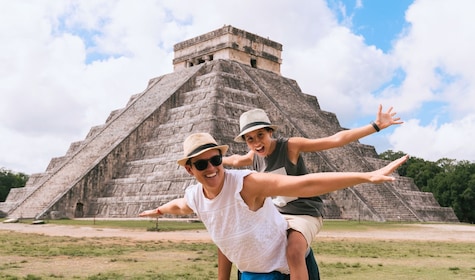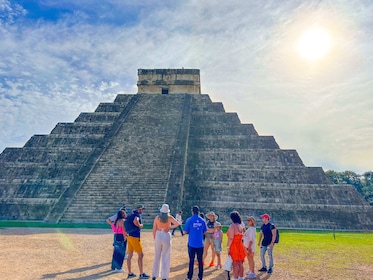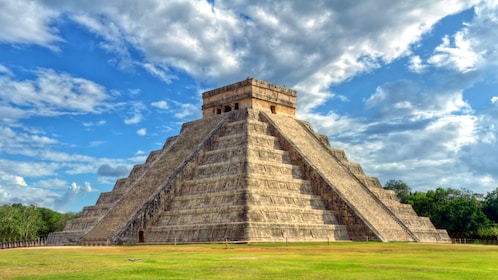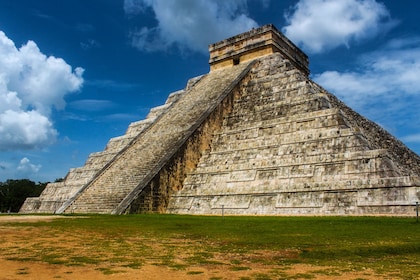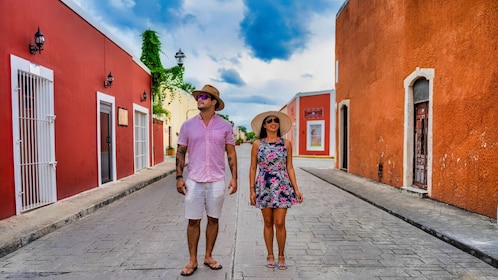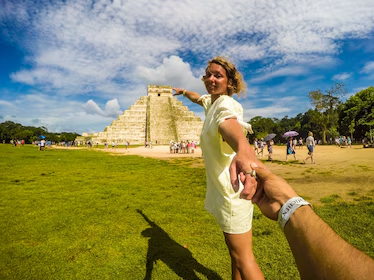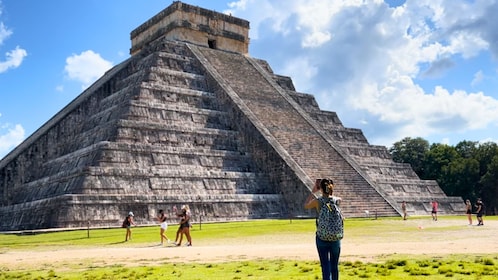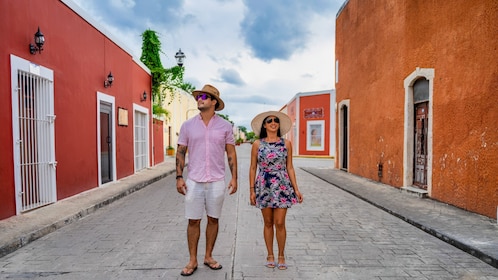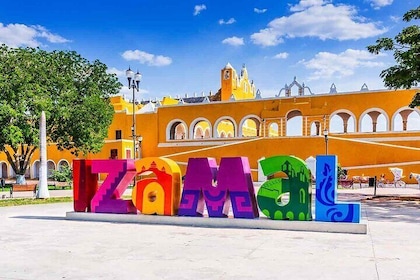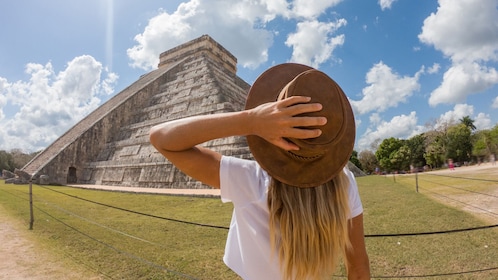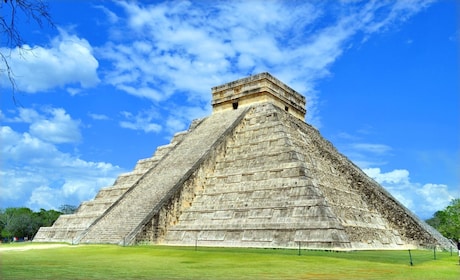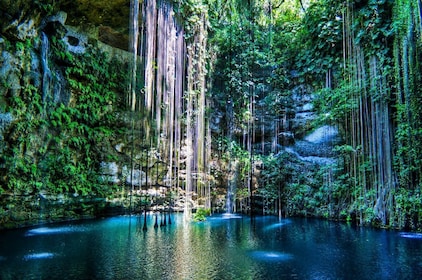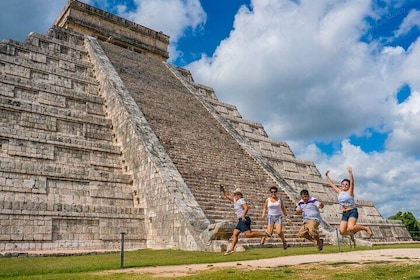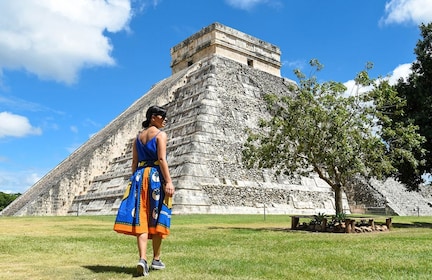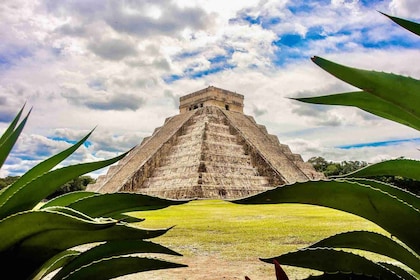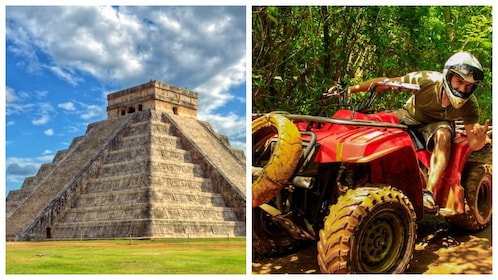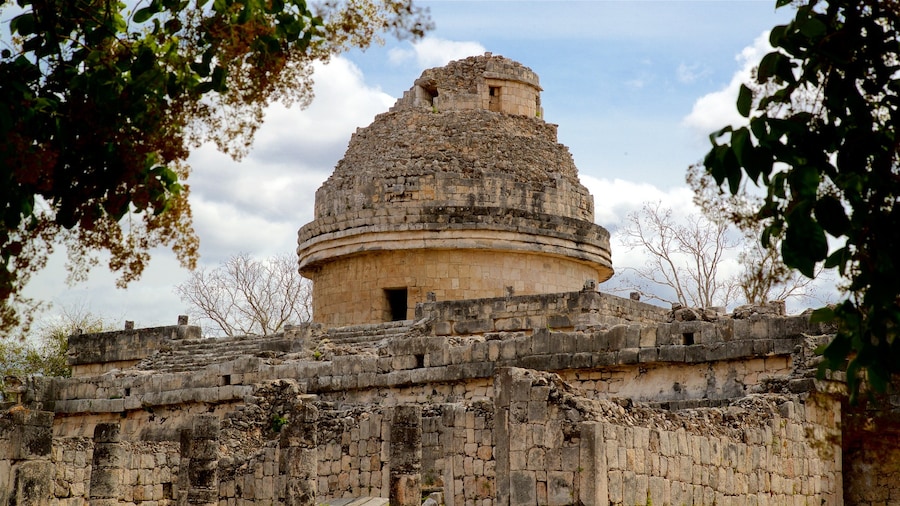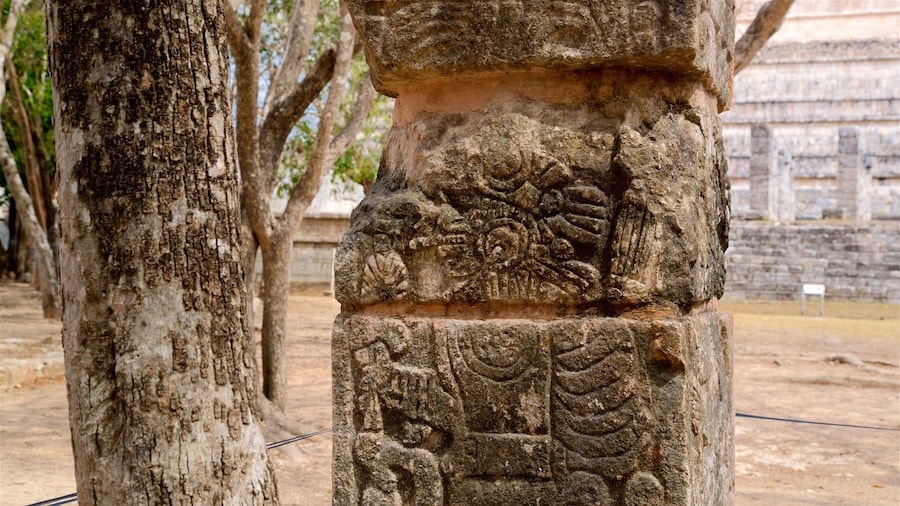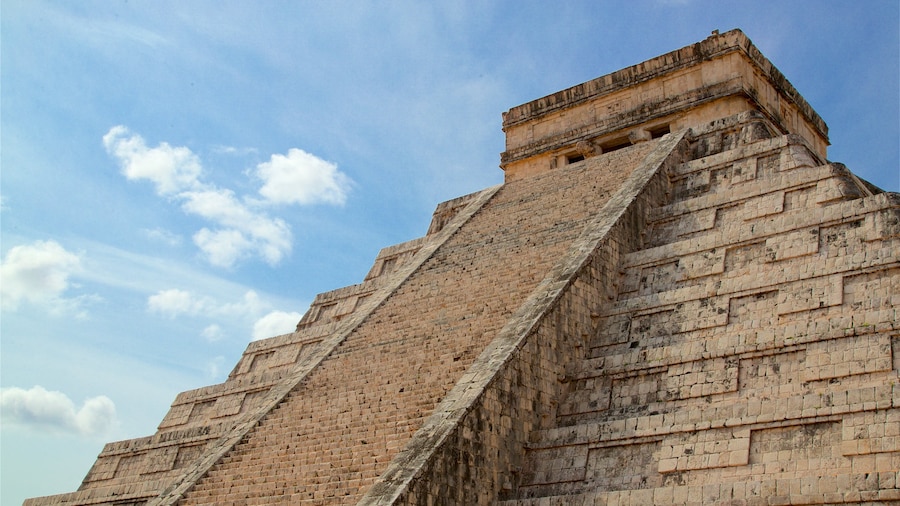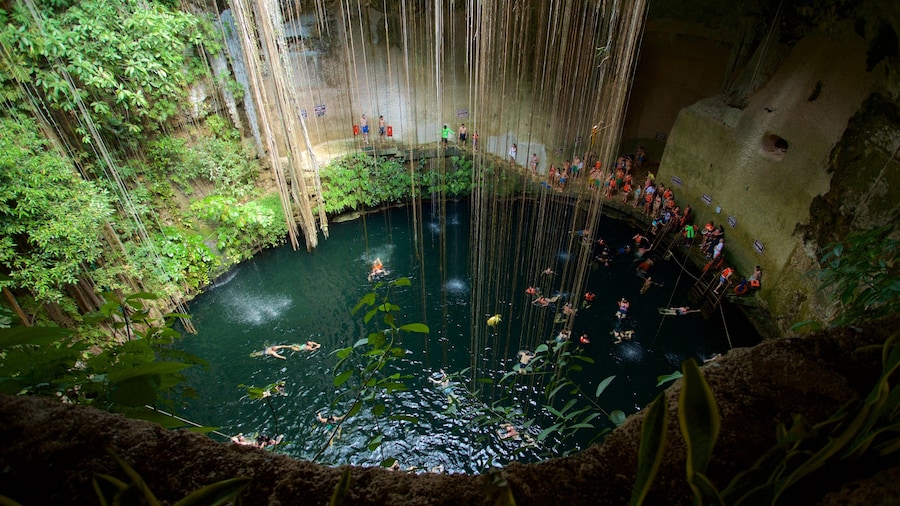Visit a beautiful natural pool that once played a dark role in Mayan culture, as revealed by the many ancient skeletons found beneath its waters.
Cenote Sagrado, or the Sacred Cenote, is a tranquil natural pool with a fascinating and disturbing history. Come here as part of a trip to Chichén Itzá, the ancient Mayan archaeological site located close by.
Cenotes are sinkholes filled with water, often completely or partially covered by a cave and enclosed by jungle. Visit the Yucatán Peninsula and you will be surrounded by around 6,000 of these wonders. It is thought that the cenotes were considered holy places by the Mayans, the people of the ancient civilization that occupied this area long before Spanish colonizers arrived. Cenote Sagrado gets its name from the fact that it is believed to have been particularly sacred. Look into its deep, murky waters and imagine the many people who were thrown into its depths as human sacrifices, many of them well over 1,000 years ago.
The Mayans believed that throwing people into this cenote would help placate Chaac, god of rain, and ensure that their crops would thrive. Come here on a guided tour and hear how archaeologists’ understanding of this ritual was developed by the many objects pulled from the waters of Cenote Sagrado. These include precious materials such as gold, jade and obsidian, as well as skeletons belonging to adults, children and even babies.
Look up from the cenote and see steep cliffs rising around 89 feet (27 meters) high on all sides. The water itself reaches a depth of around 49 feet (15 meters) in places. Today it is not possible to swim in Cenote Sagrado, but those who have dived its depths in the past include famous explorer Jacques Cousteau.
Walk to Cenote Sagrada directly from Chichén Itzá’s central edifice and star attraction, the grand pyramid known as El Castillo. On the way, look for the Temple of Venus, another well-preserved Mayan ruin. Explore the ruins and the cenote yourself, or join a guided tour to hear the ancient stories of the Mayans brought to life.
